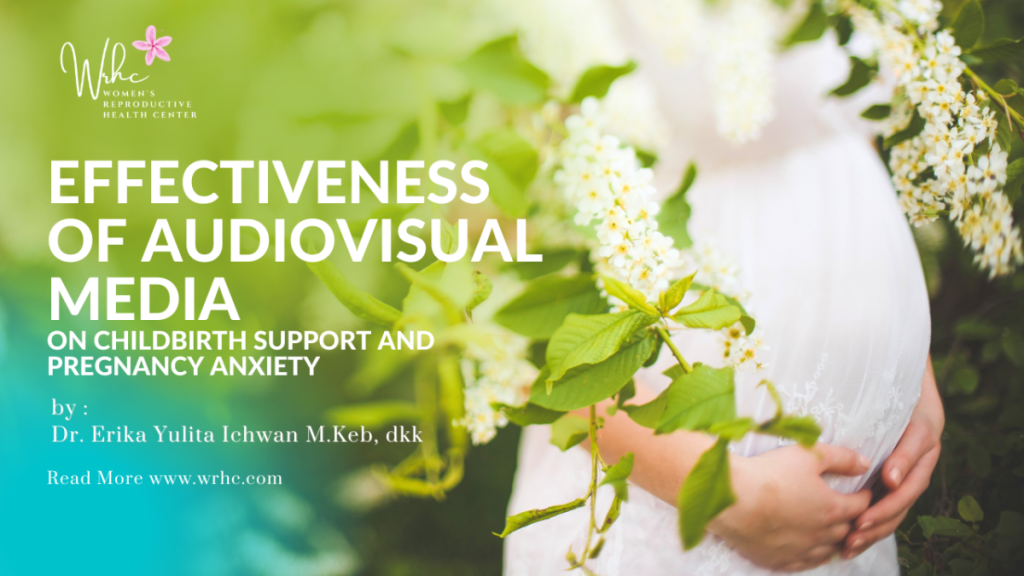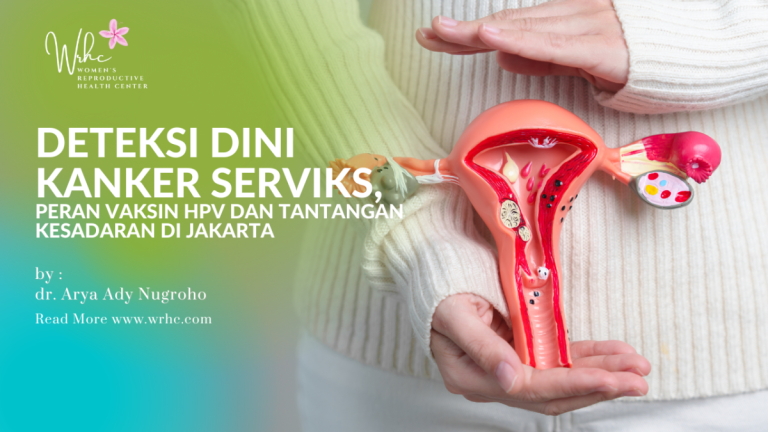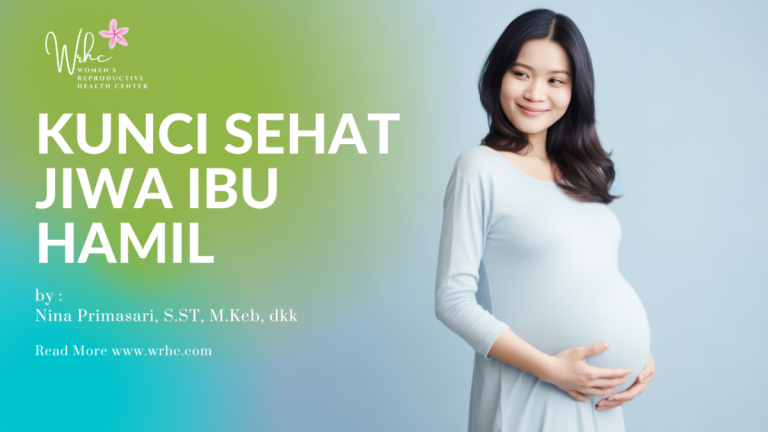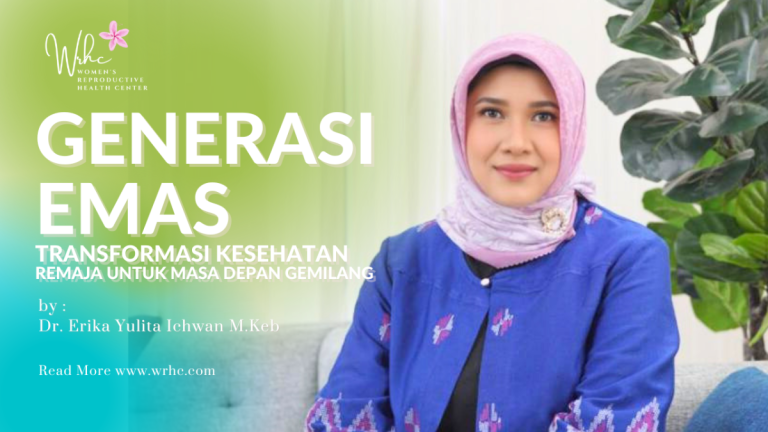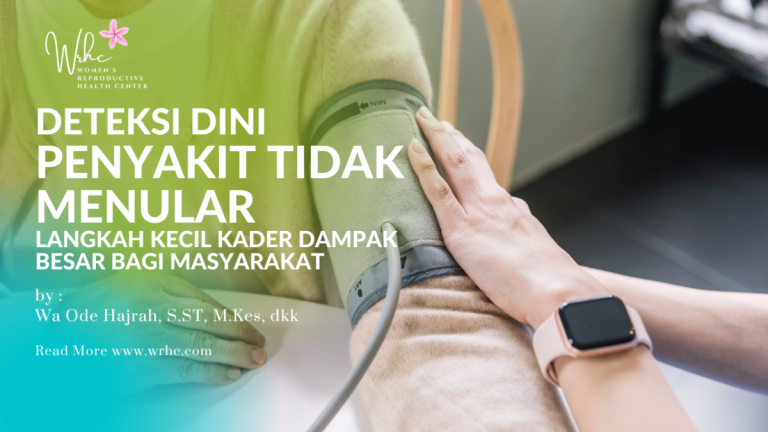by : Dr. Erika Yulita Ichwan, M.Keb, dkk
Introduction: Anxiety is a manifestation of psychological changes occurring during pregnancy. It is important to involve the husband in supporting the mother during pregnancy.
Objective: This study aimed to determine the effectiveness of audiovisual media about pregnancy support as an educational tool for husband’s support and the level of anxiety in pregnant women.
Materials and Methods: This quasi-experimental study applies a pre-test-post-test design on study participants without a control group. The post-test was performed after seven days of intervention. This study was conducted on 60 couples of pregnant women and their husbands (purposive sampling). The intervention was conducted on husbands by providing education using audiovisual media about pregnancy support. Questionnaires collected demographic information and support the husband provided during pregnancy. The level of anxiety that occurs during pregnancy was measured using the Hamilton anxiety rating scale. A paired difference test using the Wilcoxon sign rank test was administered to assess the difference before and after the intervention. Multivariable logistic regression analysis was used to assess the correlation between the variables.
Result: Most pregnant women aged 20-35 years (Mean=29.5±3.8) were primipara (51.7%). Meanwhile, most of the husbands were ≥25 years of age (Mean=31.4±4.1). The husband and pregnant mother were highly educated (81.7% and 71.7%, respectively). Both are employed at 100% and 53.3%, respectively. There was an increase in husband’s support during pregnancy after husbands were given an education with audiovisual media (P=0.001). The level of anxiety in pregnant women decreased after husbands were given an education using audiovisual media (P=0.001). Lack of support from husbands during pregnancy increased the risk of anxiety in pregnant women (OR=2.29, 95% CI; 1.39%, 3.79%, P=0.001).
Conclusion: The use of audiovisual media as an educational tool is effective in increasing husband support and reducing the level of anxiety in pregnant women.
Objective: This study aimed to determine the effectiveness of audiovisual media about pregnancy support as an educational tool for husband’s support and the level of anxiety in pregnant women.
Materials and Methods: This quasi-experimental study applies a pre-test-post-test design on study participants without a control group. The post-test was performed after seven days of intervention. This study was conducted on 60 couples of pregnant women and their husbands (purposive sampling). The intervention was conducted on husbands by providing education using audiovisual media about pregnancy support. Questionnaires collected demographic information and support the husband provided during pregnancy. The level of anxiety that occurs during pregnancy was measured using the Hamilton anxiety rating scale. A paired difference test using the Wilcoxon sign rank test was administered to assess the difference before and after the intervention. Multivariable logistic regression analysis was used to assess the correlation between the variables.
Result: Most pregnant women aged 20-35 years (Mean=29.5±3.8) were primipara (51.7%). Meanwhile, most of the husbands were ≥25 years of age (Mean=31.4±4.1). The husband and pregnant mother were highly educated (81.7% and 71.7%, respectively). Both are employed at 100% and 53.3%, respectively. There was an increase in husband’s support during pregnancy after husbands were given an education with audiovisual media (P=0.001). The level of anxiety in pregnant women decreased after husbands were given an education using audiovisual media (P=0.001). Lack of support from husbands during pregnancy increased the risk of anxiety in pregnant women (OR=2.29, 95% CI; 1.39%, 3.79%, P=0.001).
Conclusion: The use of audiovisual media as an educational tool is effective in increasing husband support and reducing the level of anxiety in pregnant women.
Keywords: Audiovisual media, Husband support, Pregnancy anxiety, Mental disorder

